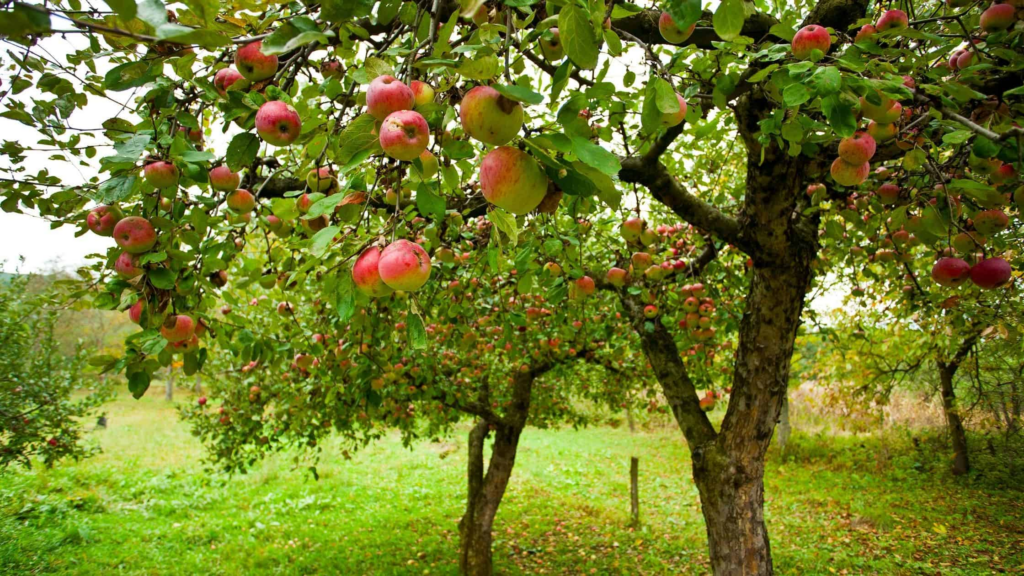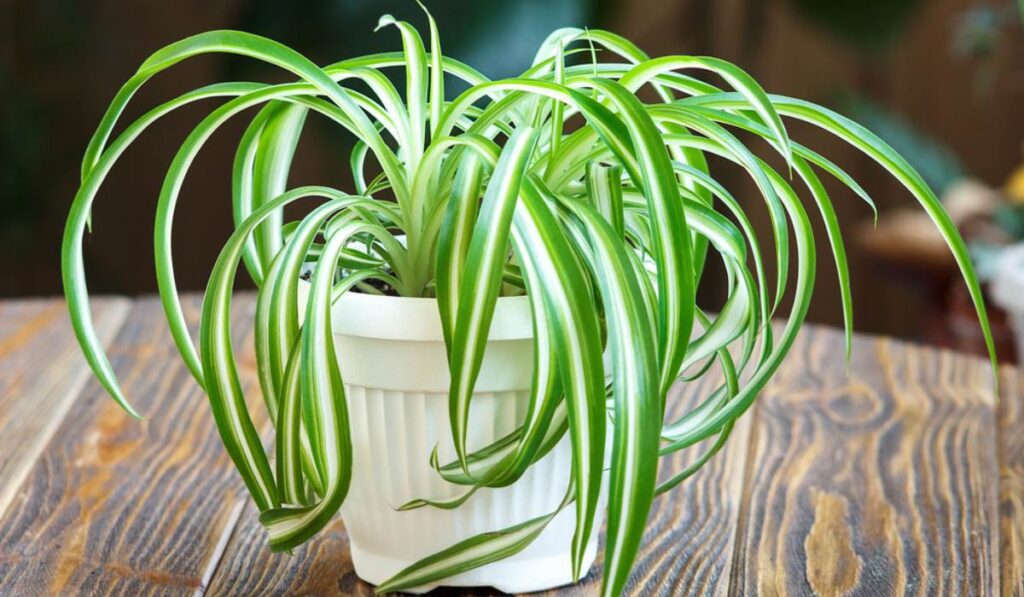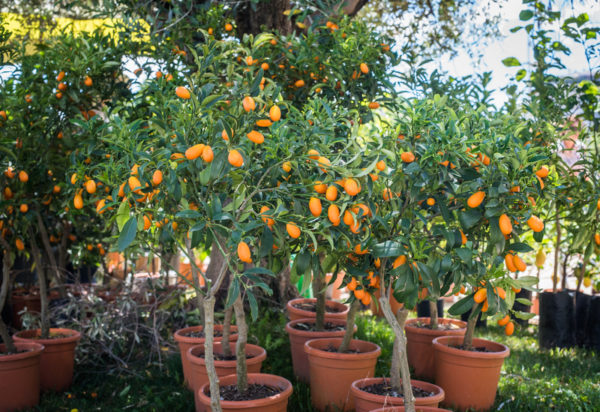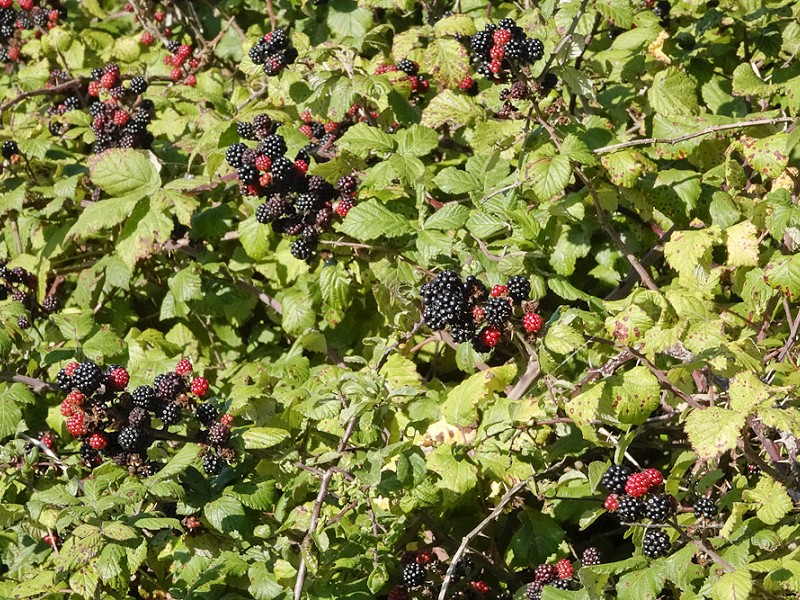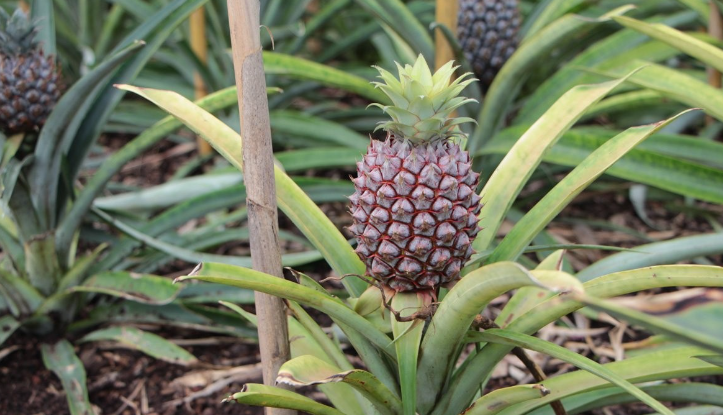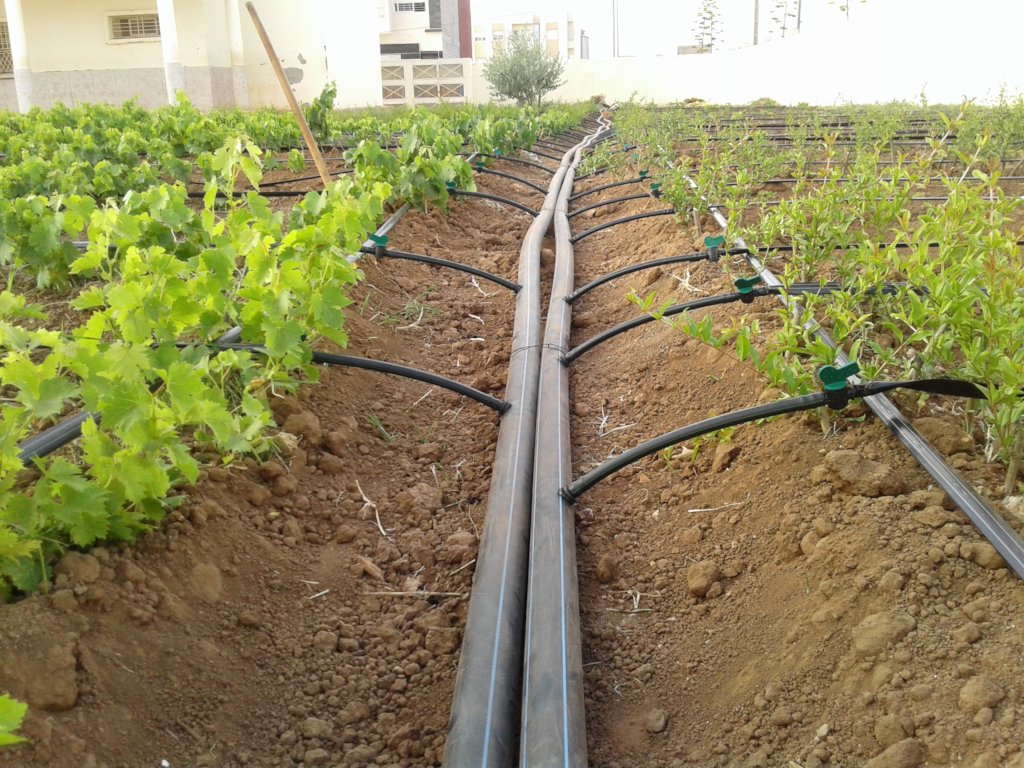If you love gardens, adding a fig tree is a great choice. They look good, and you can eat the sweet fruits they grow. Figs are easy to grow from a small piece of another tree, which anybody can do. This guide will show you how to grow your own fig tree from a piece of a tree branch. So, get ready, put on your gardening gloves, and let’s dive into the steps.
Table of Contents
- Why Grow a Fig Tree from a Cutting?
- Saving Money:
- Picking Your Tree Type:
- Get Fruits Faster:
- It’s Easy:
- Better Roots:
- How to Pick the Right Cutting
- Getting the Cutting Ready
- Clean Tools:
- How to Cut:
- Leaf Removal:
- Rooting Hormone:
- Water Mist:
- How to Plant the Rooted Cutting
- How to Look After Your New Fig Tree
- 1. Watering:
- 2. Fertilizing:
- 3. Pruning:
- 4. Winter Protection:
- 5. Pests and Diseases:
- 6. Harvesting:
- Picking Figs from Your Tree
- FAQs
- Wrapping Up
Why Grow a Fig Tree from a Cutting?
There are many good reasons to start your fig tree from a cutting:
Saving Money:
Starting from a cutting is cheaper than buying a big fig tree. You just need a healthy piece of a tree, something called rooting hormone, and some basic tools for gardening.
Picking Your Tree Type:
When you grow from a cutting, you can choose what kind of figs you want. Pick a type that tastes the best to you and will grow well where you live.
Get Fruits Faster:
A fig tree from a cutting can make fruit in just a year or two. This is quicker than starting from seeds, because a cutting is a copy of an adult tree already ready to make fruits.
It’s Easy:
Even if you’re new to gardening, you can grow a fig tree from a cutting. It can be a fun project for the whole family.
Better Roots:
Figs from a cutting will have a stronger root system than ones from seeds. That’s because the cutting already has a start on growing strong roots.
Growing a fig tree from a cutting is a wonderful way to get all these benefits, and you won’t have to wait long to enjoy the tasty fruit.
How to Pick the Right Cutting
Becoming successful in growing a fig tree starts with selecting the right piece of branch. Here’s what you need to know.
Take your cutting in late winter or early spring. This is when the tree isn’t growing, so taking a piece won’t harm it too much.
Look for a branch that’s not too thin or too thick – about 1/4 inch across – and 6-10 inches long. It should be healthy without any sick spots or bugs. Cut it off just under a bump on the branch (called a node) with a clean, sharp tool.
Now, take off any leaves from the lower half of the piece, but leave a few on top. If you can, choose a straight branch, which helps it grow straight later.
You can even take a few more pieces from the same tree to give yourself a better chance. Remember to tag them with their type and the date you cut them.
With these tips, you can give your fig tree cutting a great start.
Getting the Cutting Ready
Follow these steps to prepare your fig tree cutting to grow:
Clean Tools:
Use alcohol or a bleach water mix to clean your pruning tools. This helps keep your tree safe from diseases.
How to Cut:
Use a sharp tool to make a clean cut at a 45-degree angle right below a node. This angle helps the cutting get water better and gives more space for roots to grow. The piece should be 6-10 inches long.
Leaf Removal:
Take off most of the leaves, but leave a few at the top. With fewer leaves, the cutting won’t lose as much water, so it can grow roots instead.
Rooting Hormone:
Next, dip the end you cut into rooting hormone powder. Make sure it’s all covered. This hormone helps roots grow on your cutting.
Water Mist:
Give the cutting a little spray of water. This helps the rooting hormone stick to it.
By taking these steps, your fig tree cutting will have a better chance to develop strong roots and turn into a healthy tree that produces lots of fruit.
- Give the cutting light: Put the fig tree cutting where it can get a lot of light but not direct sunlight.
- Water the cutting: When the soil’s top part is dry, water the cutting. But, be careful not to water too much because this can make it rot.
- Transplant: When the cutting grows new leaves and roots, which may take a few weeks to months, move it to a bigger pot or plant it outside.
- Gradual exposure: To get the cutting used to being outside, take off the plastic bag for a few hours each day before moving it outdoors.
If you follow these instructions, you have a better chance of the fig tree cutting taking root and growing well.
How to Plant the Rooted Cutting
To plant a fig tree cutting that has rooted, you should take these steps:
Make sure the cutting has strong roots and leaves. Choose a spot that drains well and gets lots of sunlight.
Dig a hole that is much bigger than the pot the cutting is in. Loosen the dirt at the bottom of the hole.
Carefully take the cutting out of its pot and put it in the hole. Make sure it’s not deeper than before. Water it a lot after planting and keep watering regularly, but do not overdo it.
Put mulch around the tree’s base to keep the soil moist and stop weeds from growing.
With these steps, you can give your fig tree the best chance to grow well.
How to Look After Your New Fig Tree
Here are some tips to take care of your fig tree:
1. Watering:
Water the fig tree when the soil is dry. In hot weather, water it every week until the water reaches the roots.
2. Fertilizing:
Use a balanced fertilizer, like 10-10-10, on the fig tree in spring and early summer. Check the instructions on the fertilizer for how much to use.
3. Pruning:
In the winter when the tree is not growing, cut off any branches that are dead or broken. You can also cut some branches to make new growth and more fruit.
4. Winter Protection:
In cold places, wrap the tree with burlap or special fabric to keep it warm. Put lots of mulch around the base to keep it warm.
5. Pests and Diseases:
Watch out for bugs and sicknesses like spider mites, fig rust, and bacterial canker. If you see anything, treat the tree with the right kind of spray as soon as possible.
6. Harvesting:
Figs are usually ready to pick at the end of summer or start of fall. Pick them when they’re big and a little soft, and eat them fresh or dry them out to keep longer.
By doing these things, your fig tree should do great and give you lots of fruit for many years.
Picking Figs from Your Tree
Here are some tips for getting figs from your tree:
- Timing: Usually, figs are ready in the late summer to early fall. Pick them when they are big, a little soft, and the skin is beginning to crack with the figs hanging down.
- Harvesting: Carefully take the figs off the tree or cut them off with pruning shears, leaving a bit of the stem on the fruit so it lasts longer.
- Storing: Figs go bad quickly, so put them in the fridge and eat them within a few days. You can also dry them by cutting them and laying them out until they are dry and sticky.
- Pruning: After you pick the figs, cut the tree to get rid of dead or sick parts and keep the tree healthy so it will grow more fruit later.
- Enjoying: You can eat figs fresh or dried, and they taste great in many different dishes. Enjoy them in salads, with cheese, in jam, or on top of yogurt or cereal.
Follow these tips, and you can pick and enjoy the fruits from your fig tree.
FAQs
Wrapping Up
Planting a fig tree from a piece of another tree is not just a fun activity for garden lovers, but it can also give you your very own fruit-bearing tree. If you take care, give it what it needs, and look after it nicely, your fig tree will reward you with tasty figs to eat for years.
Don’t forget to choose a good, healthy piece of tree to start with, get it ready the right way, and make the place where you plant it nice for growing — with soil that drains well, enough sunlight, and just the right amount of water and food for the tree.
If you’re patient and keep trying, you’ll be able to pick and enjoy fresh figs that you’ve grown yourself right from your own garden.
